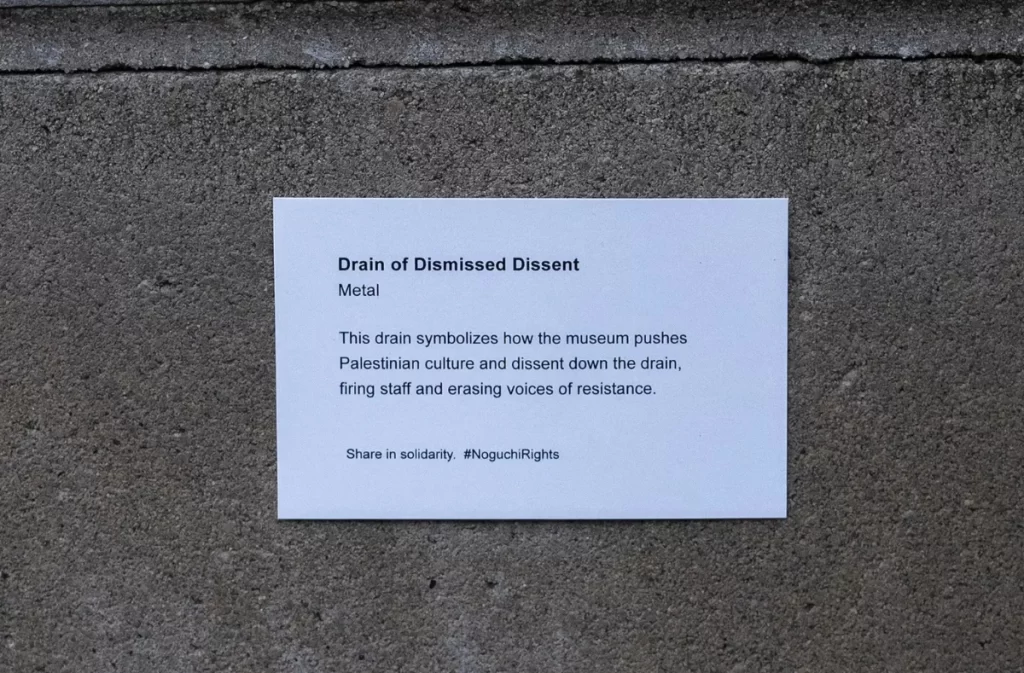Noguchi Museum Workers to Unionize
Workers at the Noguchi Museum in New York City are undertaking a comprehensive initiative to unionise, encompassing all personnel regardless of their department or designation, including administrative, curatorial, education, and visitor services. The museum’s staff have submitted a petition to the National Labor Relations Board to establish a union in collaboration with Local 2110 of the United Auto Workers (UAW), which represents workers at various museums throughout New York City and the Northeast.
The union will encompass both full-time and part-time employees and is designed to be “wall-to-wall,” allowing all staff to participate. The elections are scheduled for January 9 and 11.
What are the Noguchi Museum’s Staff’s Demands?
The Noguchi Museum staff expressed a necessity for “greater transparency” and “improved conditions.” On Instagram, the staff involved in the unionization process desired to create a “more equitable, inclusive, and transparent” work environment.

The Need to Unionise
Devoted to the legacy of mid-century sculptor and designer Isamu Noguchi, the Noguchi Museum has seen an increase in employee discontent in recent months. This happened with the onset of a new dress code that forbids keffiyehs, which have come to symbolize support for Palestine. Three employees—Trasonia Abbott, Natalie Cappellini, and Q. Chen—were dismissed for not adhering to the new dress code, prompting backlash from both colleagues and the public.
The Repercussions of Noguchi Museum’s New Dress Code
The Noguchi Museum employs 72 staff members, and more than 50 workers at the Noguchi Museum have signed a petition expressing their opposition to the changes in the dress code. In September, over 60 demonstrators gathered at the museum to protest the new policy. In September, Pulitzer Prize-winning author Jhumpa Lahiri declined the museum’s 2024 award; supporting the worker.
In early December, anonymous activists affixed mock museum labels to everyday objects and areas within the museum to protest the new dress code and the treatment of employees. A bench located in the courtyard was renamed the “Bench of Banishment,” while a water fountain became the “Fountain of Hypocrisy.” A bare wall was dubbed the “Wall of Erasure,” and a rain drain was labelled the “Drain of Dismissed Dissent.”

The activists also created fake identification cards for the museum’s senior staff and inserted bookmarks featuring a keffiyeh design into books sold at the museum shop.
What Does the Staff Say About the Move?
“We all care about the Noguchi Museum, and I want the working conditions to be sustainable so that staff can continue doing the jobs that we love,” Austin Kim, an archives associate at the museum, said.
“The staff are an integral part of the Museum, and our contribution and viewpoint should be recognized by the Museum,” Mariko Aoyagi, a part-time educator at the institution, noted in the press statement.
“We will continue to expose the museum’s complicity,” an anonymous organiser involved in the label campaign said. “Art is meant to provoke thought, not to be weaponised for oppression. By reclaiming this space, we’ve laid bare their hypocrisy and sent a clear message: we won’t let them erase dissent.”
Image Courtesy – Artnews
Contributor





